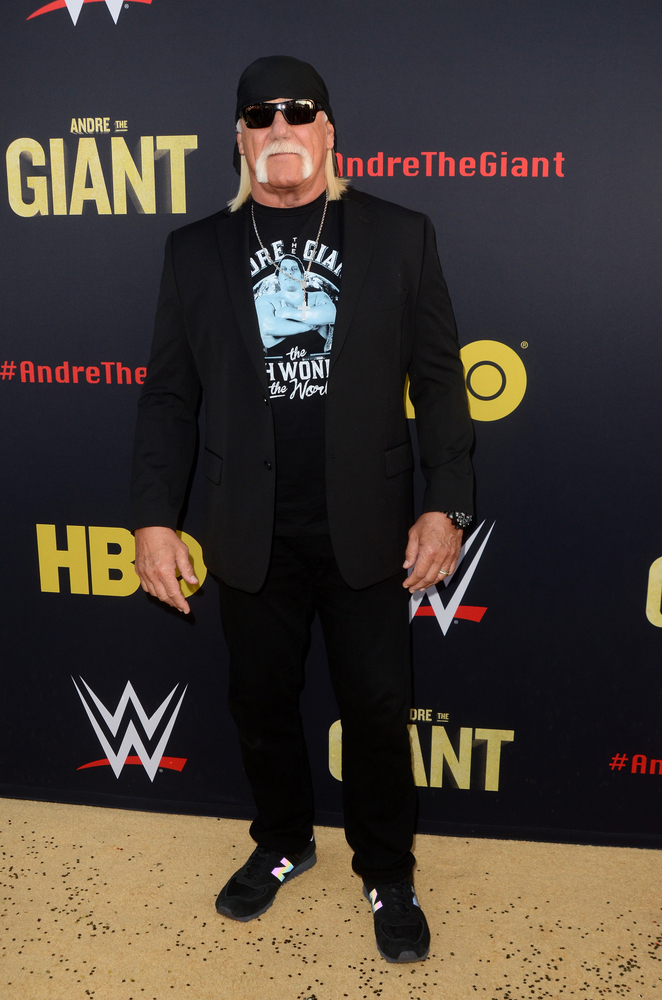
“Not everybody gets the hero’s farewell. Not every legend deserves to be honored in a vacuum.” These words, uttered in the aftermath of Hulk Hogan’s death at 71, pierce the nostalgia and compel wrestling enthusiasts to grapple with an indelible legacy as contradictory as it is permanent. Hogan was professional wrestling’s face for four decades yet the shadow he left behind is as permanent as his profile in the ring.
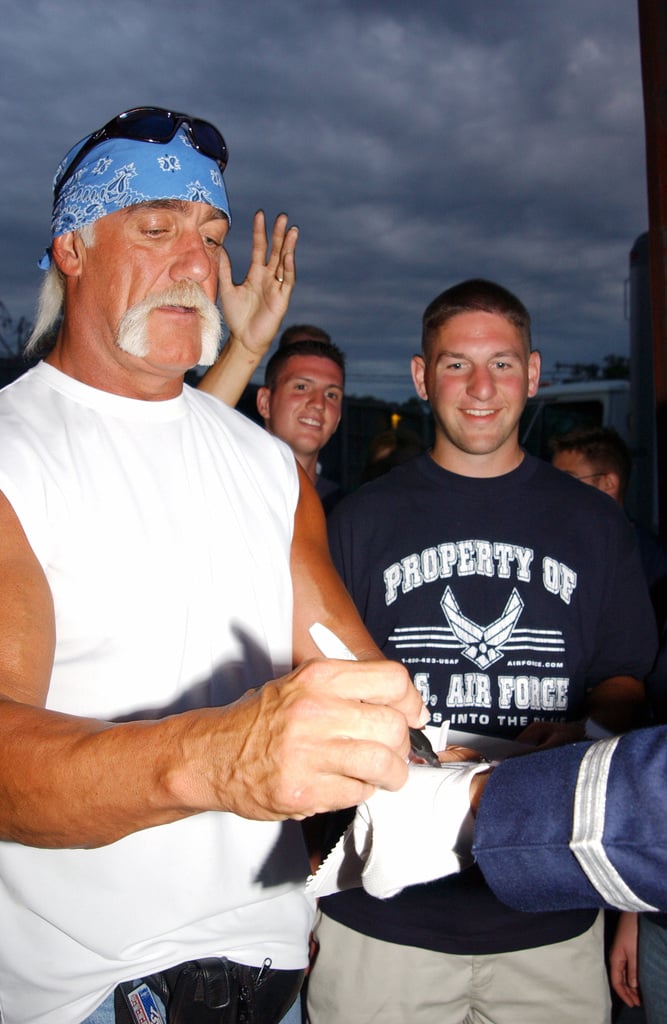
1. The Icon Who Transformed Everything and Nothing
Hulk Hogan is irrevocably married to the golden age of wrestling. He was not only a champion; he was a cultural icon who, in his own self-proclaimed manner, nearly made wrestling a worldwide, billion-dollar enterprise. Stadiums were packed to the rafters, his catchphrases were being shouted on playgrounds, and his face was plastered onto everything from cartoons to action figures. “He was the great American hero in the United States, he was the ultimate good guy,” wrestling reporter Mike Johnson said. But beneath the red and yellow, the story was never that simple.
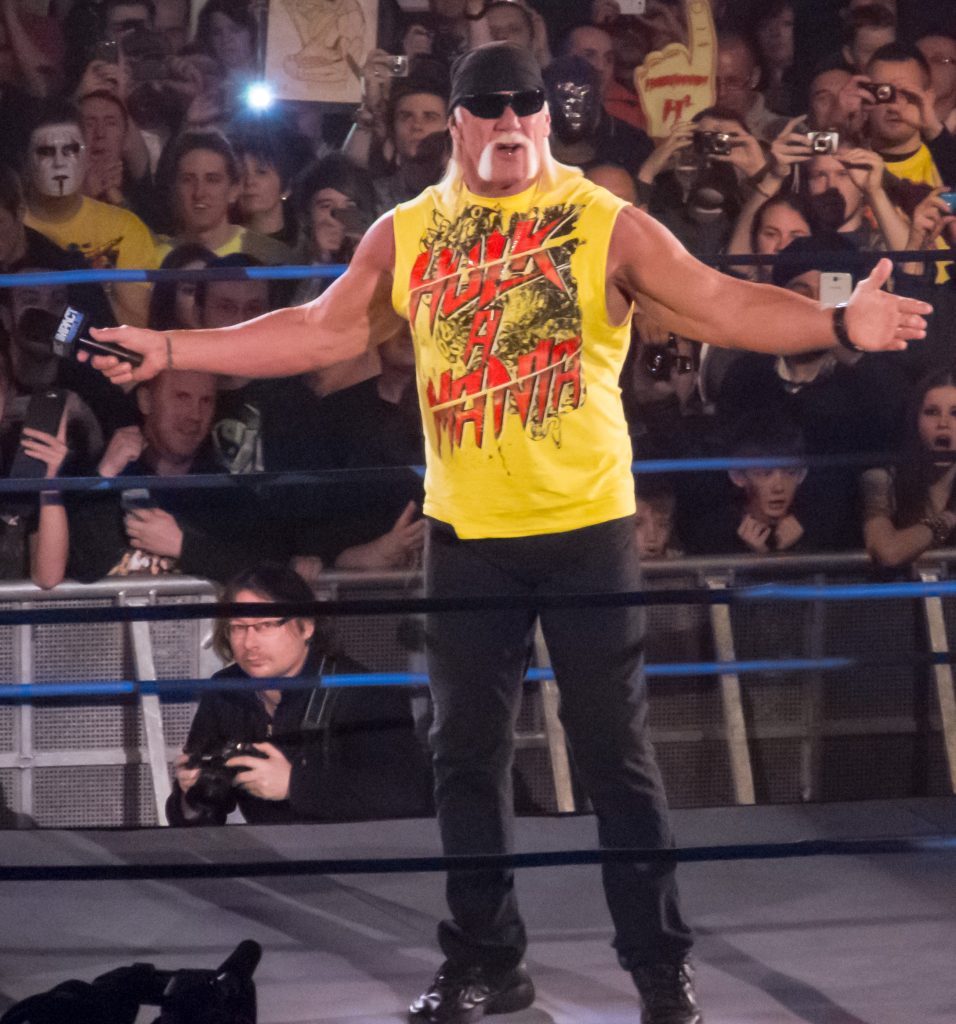
2. In-Ring Reality: Mediocrity Masked by Charisma
While Hogan’s persona was larger than life, his technical wrestling ability was, at best, average. “If you’ve seen one Hogan match, you’ve probably seen them all,” one critic observed. His move set rarely exceeded a dozen, but the fans were always his ally. And still, there were occasional glimpses of genuine brilliance in Japan, but American fans witnessed mostly the same script one that substituted bluster for substance. His actual genius was in storytelling, not wrestling.
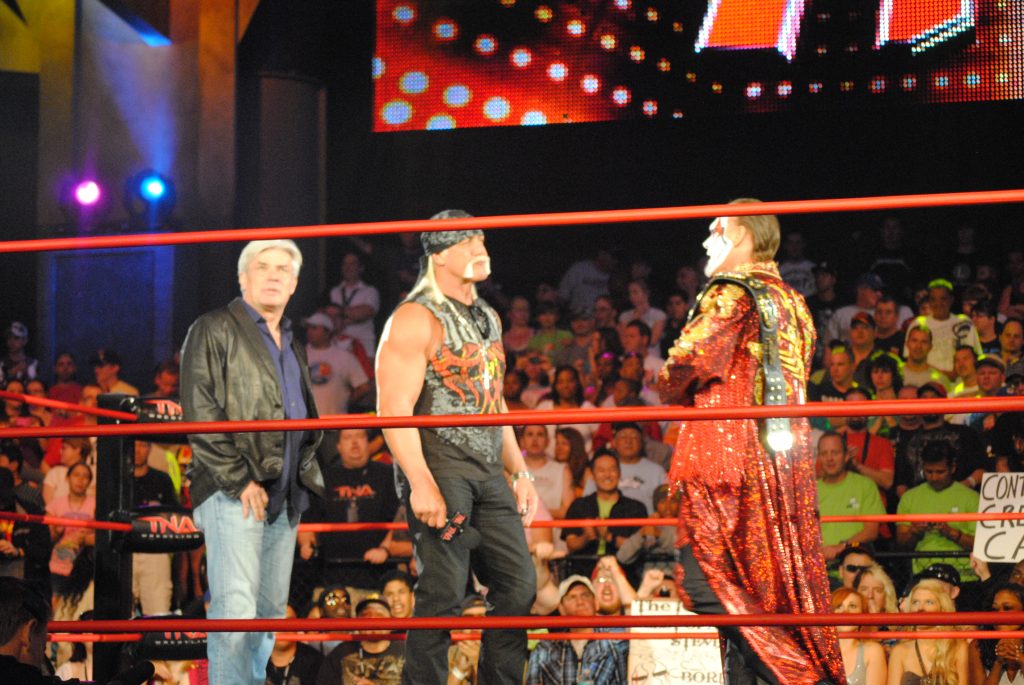
3. Backstage Politics and Compulsive Self-Promotion
Hogan’s biggest fights weren’t always fought in the ring. He was notorious for “going into business for himself” or wrestling terminology for promoting personal image to the detriment of the greater good. He would constantly delay matches he believed would lower his aura, asked for title victories he never intended to defend, and even faked injuries to besmirch the stars’ reputation. “That doesn’t work for me, brother,” was his catchphrase whenever a ruse undermined his invincibility. His lying was legendary, with stories from being signed by Metallica to working “four hundred days in a year.”
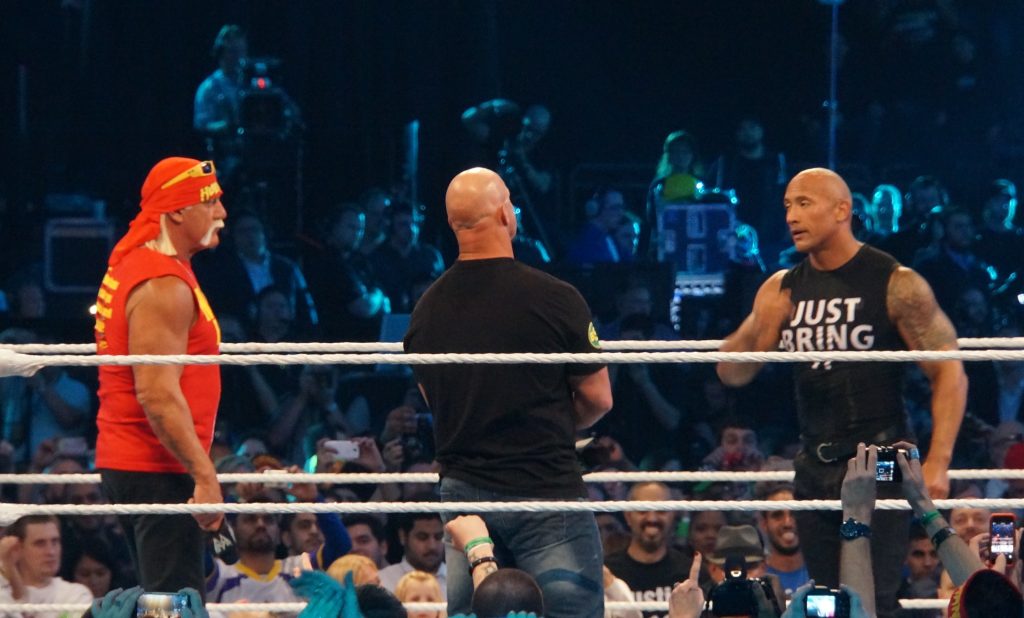
4. The Union That Never Was And the Cost
The largest chapter of Hogan’s existence may be the one behind the scenes. During the 1980s, Jesse “The Body” Ventura was a leader in a union push to organize pro wrestlers, seeking health insurance and stability for an famously abused workforce. But industry giant Hogan brought it directly to Vince McMahon and revealed the scheme. “I attempted to get wrestling straightened out. It was Hulk Hogan who hacked my legs off at the knees. Hulk Hogan went to Vince McMahon, betrayed me, and ultimately cost me my job,” Ventura remembered. The consequences were swift: McMahon threatened all the parties involved, and the idea of a union of wrestlers was killed. Four decades on, wrestlers remain ‘independent contractors,’ with no inherent safeguards a status wrestling shares with almost every other entertainment industry.

5. Gawker, Lawsuits, and the Weaponization of Privacy
Hogan’s influence extended beyond the four-walls of the squared circle. He won in 2016 a record $140 million lawsuit against Gawker Media for publishing a sex tape of his without his permission, a case that redefined the limits between press freedom and celebrity privacy. As law professor Samantha Barbas explained to us, “The long-term effect of the Hulk Hogan case was it really kind of started this trend of libel and privacy lawsuits being used to sort of topple these media outlets.” The ruling gave other celebrities the courage to sue over what they were being written about in the media, revolutionizing celebrity journalism forever.

6. The Racism Tape and the Shattering of Illusions
The most irreparable damage to Hogan’s legacy came not from the ring or the courtroom, but from his own words. In 2015, a leaked recording revealed Hogan making explicitly racist and homophobic remarks. He admitted, “I’m a racist, to a point,” and attempted to deflect responsibility by blaming his upbringing. The response was immediate and severe: WWE ended his contract, erased him from its television screens and websites, and removed his Hall of Fame status. While he was reinstated afterward, the connection with many fans particularly fans of color was irreparably lost. For others, the connection was already strained. “That wasn’t the culture when Terry grew up here,” said childhood neighbor Linda Bryant, dismissing the apologies.
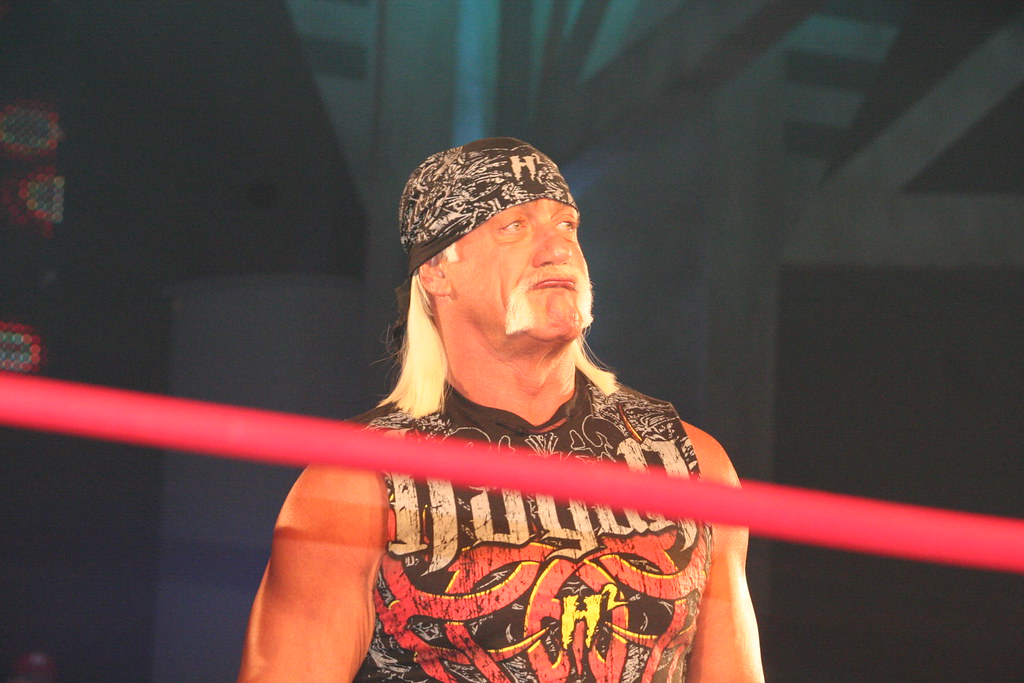
7. Coming to Terms with Disillusionment: When Heroes Fall
For wrestling enthusiasts, coming to terms with childhood idealization and adult realities is psychologically confusing. Psychologist Kevin Chapman counsels, “Normalize that at some point, you will have those feelings, but they aren’t bad.” Disappointment, he notes, is part of the package of fandom and a gateway to adulthood. Being disappointed by imperfect heroes is acceptable.
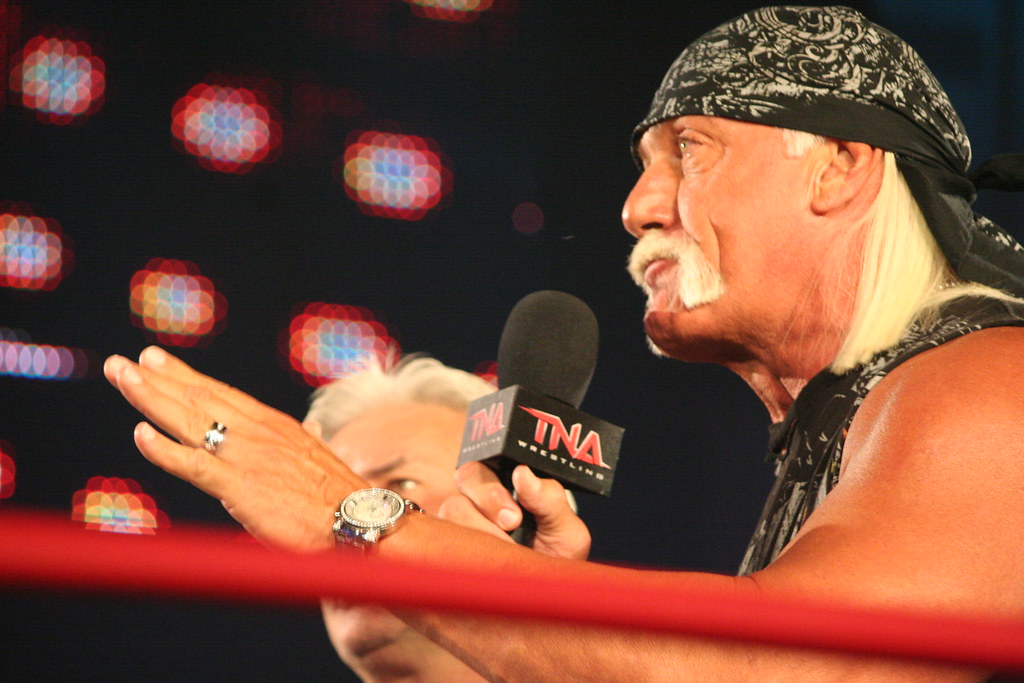
Chapman suggests keeping your mind on what you’ve gained, not lost, and removing your self-worth from the public figures’ behaviors. Fans can soak up the good, recognize the harm, and decide what to do next without obligation or guilt.
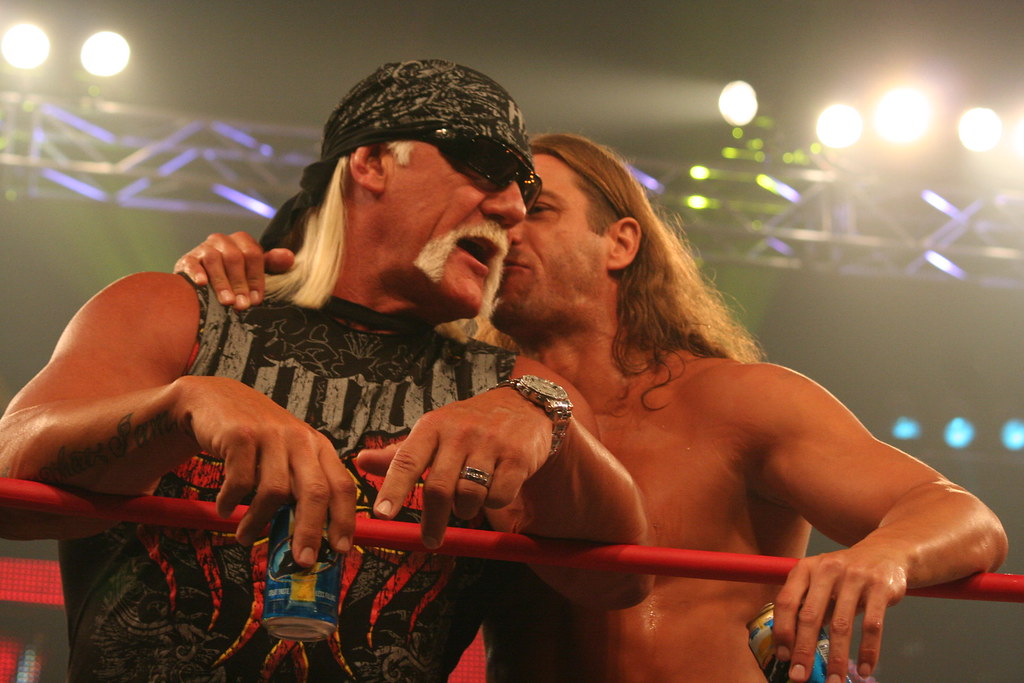
Hulk Hogan’s tale is one of idolatry gone wrong and the nature of legacy. There will be some who always recall him as the face of wrestling; there will be others who bear in mind the pain he inflicted. Both are understandable. Maybe the most authentic reaction is acceptance acceptance that heroes, no more, no less, than the rest of us, are flawed, and that it is all right to release.


